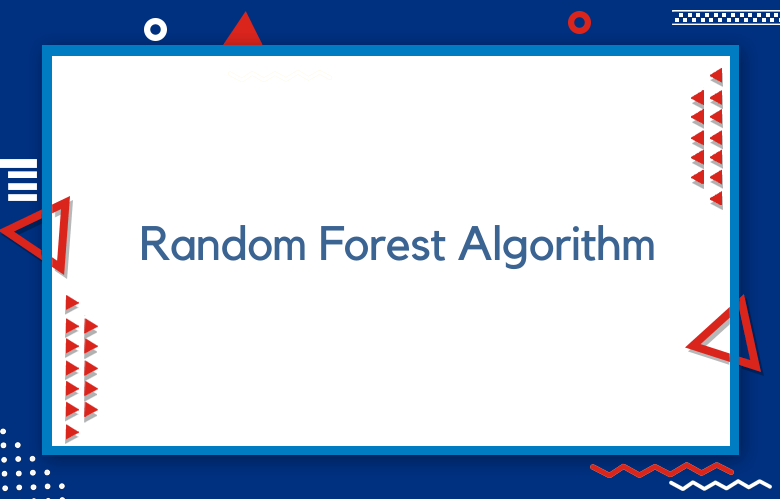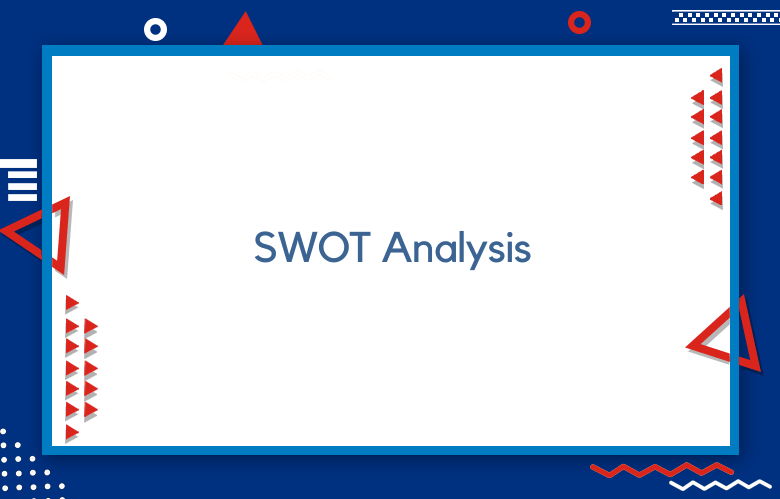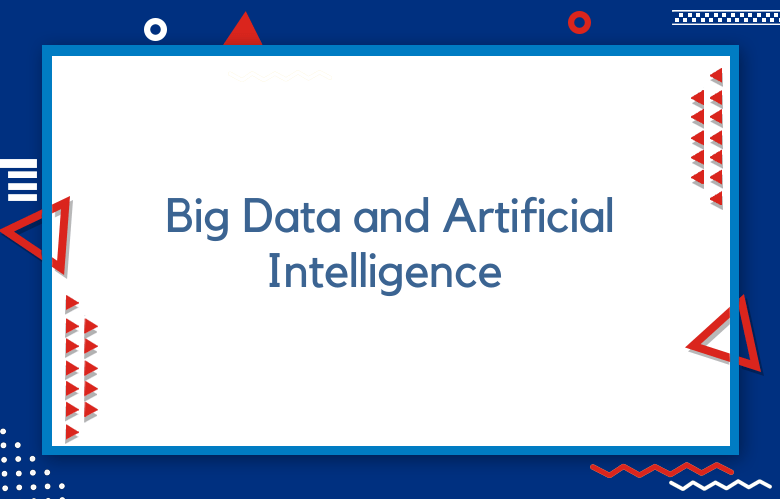How to use a Random Forest Algorithm for Marketing Analytics

Random Forest, an ensemble learning method, is a powerful tool for data analysis in marketing. By leveraging the predictive power of multiple decision trees, Random Forest algorithms enable businesses to gain valuable insights from complex datasets, optimize their marketing strategies, and improve overall performance.
This article will explore how to utilize Random Forest algorithms for marketing analytics, discuss their critical applications, and offer practical tips on incorporating this method into your data analysis workflow.
How to use a Random Forest Algorithm for Marketing Analytics
Using a Random Forest algorithm in marketing analytics involves leveraging this ensemble learning technique to analyze consumer data and predict outcomes more accurately. Random Forest is particularly renowned for its robustness, ability to handle large datasets with higher dimensionality, and ability to manage missing values effectively. Here’s how to apply it in the context of marketing analytics:
Define the Objective
Begin by clearly defining the marketing objective you aim to achieve with the Random Forest model. This could range from customer segmentation, predicting customer churn, and response modeling for marketing campaigns to product recommendation systems.
Data Collection and Preparation
Gather the relevant data that will feed into the model. This might include customer demographic information, past purchase history, interaction data from various marketing channels, and other behavioral metrics. Ensure the data is cleaned and preprocessed, dealing with missing values and ensuring variables are in a format suitable for modeling.
Feature Selection
Identify and select the features that are most relevant to the prediction task. Random Forest is adept at handling many features, but eliminating irrelevant features can improve model performance and reduce computation time. Techniques like feature importance scores provided by Random Forest can help select the most relevant features.
Train the Random Forest Model
Split your data into training and test sets to avoid overfitting and evaluate the model’s performance accurately. Train the Random Forest model on the training set. This involves creating multiple decision trees, each trained on a random subset of the data and features, and then aggregating their predictions.
Model Tuning and Validation
Adjust the model parameters, such as the number of trees in the forest and the depth of each tree, to optimize performance. Validate the model using the test set to ensure it generalizes well to new data. Metrics like accuracy, ROC-AUC for classification tasks, or MSE for regression tasks are commonly used for evaluation.
Interpretation and Application
Analyze the model’s predictions and feature importance scores to gain insights into customer behavior and the factors driving specific outcomes. This interpretation can inform strategic marketing decisions, such as personalizing marketing messages, optimizing marketing spend across channels, or identifying high-risk customers for churn.
What is a Random Forest Algorithm?
The Random Forest algorithm is a versatile and powerful machine learning method for classification and regression tasks. It belongs to the family of ensemble learning methods, where multiple models (often of the same type) are trained to solve the same problem and then combined to get better results. The “forest” it creates is an ensemble of Decision Trees, usually taught with the “bagging” method. Here’s a breakdown of its essential components and how it works:
Components of Random Forest:
Decision Trees are the building blocks of a Random Forest. A Decision Tree is a flowchart-like structure in which each internal node represents a test on an attribute, each branch represents the outcome of the test, and each leaf node represents a class label (a decision taken after computing all attributes).
Ensemble Learning is the process of combining multiple models to improve overall performance. Random Forest does this by creating and combining numerous Decision Trees.
How Random Forest Works:
Bootstrap Aggregating (Bagging): Using bootstrap sampling, Random Forest selects random samples from the dataset. In bootstrap sampling, random samples are selected with replacement, meaning the same instance can be selected multiple times for different trees.
Training Multiple Decision Trees: A new Decision Tree is trained for each bootstrap sample. Random Forest introduces additional randomness when training each tree; instead of searching for the most significant feature when splitting a node, it searches for the best feature among a random subset of features. This results in a wide diversity that generally results in a better model.
Prediction: To make a prediction, the Random Forest takes the input, feeds it to all the trees in the forest, and then:
Use a majority vote system for classification tasks. The final output is the most common class label predicted by the trees.
For regression tasks, it averages the predictions of all the trees.
Unleashing the Power of Random Forest Algorithm in Marketing Analytics
Unleashing the power of the Random Forest algorithm in marketing analytics involves leveraging its robust predictive capabilities to gain deeper insights into customer behavior, enhance targeting strategies, and ultimately drive more effective marketing decisions.
This sophisticated ensemble learning technique, built on multiple decision trees, offers high accuracy and versatility, making it an invaluable tool in complex and data-rich marketing. Here’s an introduction to harnessing Random Forest in marketing analytics:
Understanding Random Forest in Marketing Context
Random Forest is a robust machine learning algorithm that operates by constructing many decision trees during the training phase and outputting the class, which is the mode of the classes (in classification) or mean prediction (in regression) of the individual trees.
In marketing analytics, this translates to the ability to process vast amounts of customer and market data to accurately predict outcomes such as customer churn, conversion rates, and customer lifetime value.
Critical Applications in Marketing Analytics
Customer Segmentation: Random Forest can analyze complex customer data to identify distinct groups based on purchasing behavior, demographics, and other relevant characteristics. This enables marketers to tailor their strategies to each segment’s unique preferences and needs.
Churn Prediction: By identifying patterns in customer data that indicate a likelihood to churn, Random Forest helps businesses proactively implement retention strategies to keep valuable customers engaged.
Campaign Optimization: It can predict the effectiveness of different marketing campaigns across various channels and customer segments, helping marketers allocate resources more efficiently and increase campaign ROI.
Product Recommendation: Random Forest can predict customer preferences and likely future purchases, powering recommendation engines that drive cross-selling and upselling strategies.
Sentiment Analysis: When applied to customer reviews, social media posts, and other text data, Random Forest can help gauge public sentiment towards a brand or product, informing brand management and marketing strategies.
Advantages of Marketing Analytics
Accuracy and Precision: Random Forest’s ensemble approach reduces the risk of overfitting, making its predictions highly reliable for strategic decision-making.
Handling Complex Interactions: It can capture complex nonlinear relationships between features, making it ideal for the multifaceted nature of customer data.
Feature Importance: Random Forest provides insights into which variables are most influential in predicting outcomes, guiding marketers on where to focus their efforts.
Versatility: It is capable of classification and regression and can be applied to various marketing analytics tasks, from predictive modeling to customer segmentation.
Optimizing Marketing Campaigns with Random Forest Algorithm: Best Practices
Optimizing marketing campaigns with the Random Forest algorithm involves strategically using this powerful machine-learning tool to enhance the precision and effectiveness of marketing initiatives.
Random Forest, known for its accuracy, robustness against overfitting, and ability to handle large datasets with complex interactions, can significantly uplift the performance of marketing campaigns when used wisely. Here are some best practices to follow:
Clear Objective Setting
Before leveraging Random Forest, clearly define the specific marketing objectives you aim to achieve. Objectives could range from increasing customer engagement, improving conversion rates, and reducing churn to optimizing the marketing mix. A clear goal ensures the model is tailored to deliver actionable insights.
Comprehensive Data Collection
Random Forest’s performance hinges on the quality and comprehensiveness of the data fed into it. Ensure that your dataset includes variables that could influence the campaign’s outcome, such as demographic data, past purchasing behavior, interaction with previous campaigns, and social media engagement.
Feature Engineering
Transform raw data into meaningful features significantly impacting the model’s predictive power. Feature engineering might involve creating interaction terms, aggregating data points, or deriving new metrics encapsulating customer behaviors or preferences.
Hyperparameter Tuning
Random Forest has several hyperparameters, such as the number of trees, maximum depth of trees, and minimum samples per leaf, that must be optimized to enhance the model’s performance. Use techniques like grid search or random search, possibly with cross-validation, to find the best combination of parameters.
Model Validation
Validate the model using a portion of the data not used in training (like a test set) to assess its predictive accuracy and generalizability. Metrics such as accuracy, precision, recall, and the AUC-ROC curve for classification problems, or MSE and RMSE for regression, help evaluate performance.
Interpretability and Explainability
Although Random Forest is considered a “black box” model, gaining insights into how the model makes predictions is crucial for actionable marketing strategies. Use tools and techniques like feature importance scores to understand the factors driving the model’s predictions.
Leveraging Random Forest Algorithm for Data-Driven Marketing Decisions
As the marketing landscape becomes increasingly competitive and complex, businesses must leverage advanced analytics techniques to gain a competitive edge and achieve sustainable growth. One such powerful tool is the Random Forest algorithm, an ensemble learning method that combines multiple decision trees to provide robust and accurate predictions.
By harnessing the power of Random Forest algorithms, marketers can uncover valuable insights from their data, enabling them to make informed, data-driven decisions that optimize marketing strategies and drive success.
This article will delve into Random Forest algorithms and their applications in marketing analytics. It will offer practical tips on integrating this method into your data analysis workflow and leveraging its potential to transform your marketing efforts.
From Data to Insights: Harnessing Random Forest Algorithm in Marketing Analytics
As businesses strive to stay ahead of the competition in an ever-evolving marketing landscape, the need for advanced analytics techniques has never been greater.
Enter Random Forest algorithms, a powerful ensemble learning method that leverages multiple decision trees to drive accurate predictions and valuable insights. By harnessing the potential of Random Forest algorithms in marketing analytics, businesses can transform raw data into actionable intelligence, informing strategic decision-making and optimizing campaign performance.
This article will explore the world of Random Forest algorithms and their applications in marketing analytics. It will offer practical advice on incorporating this method into your data analysis workflow and leveraging its power to revolutionize your marketing efforts.
Conclusion:
Random Forest algorithms are powerful tools in marketing analytics. They allow businesses to transform raw data into actionable insights that inform strategic decision-making and optimize campaign performance. By leveraging the predictive power of multiple decision trees, this ensemble learning method enables businesses to gain valuable intelligence from complex datasets, ultimately driving growth and success.
To harness the potential of Random Forest algorithms in your marketing analytics, ensure your data is adequately preprocessed and engineered, train and validate robust models, and interpret model insights effectively. By embracing this advanced analytics technique, businesses can revolutionize their marketing efforts, enhance decision-making, and achieve lasting success in an ever-evolving marketplace.
Call: +91 9848321284
Email: [email protected]



